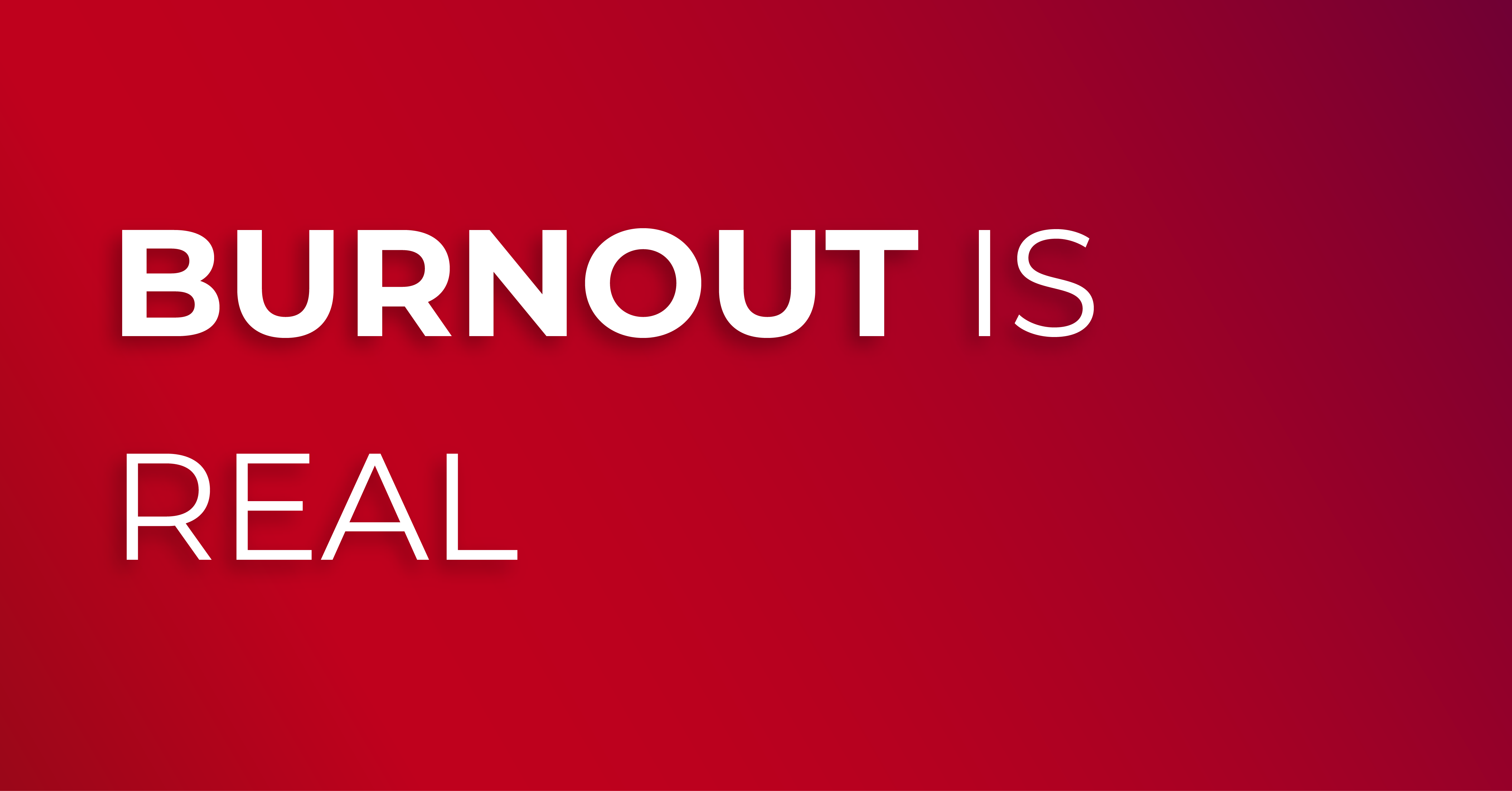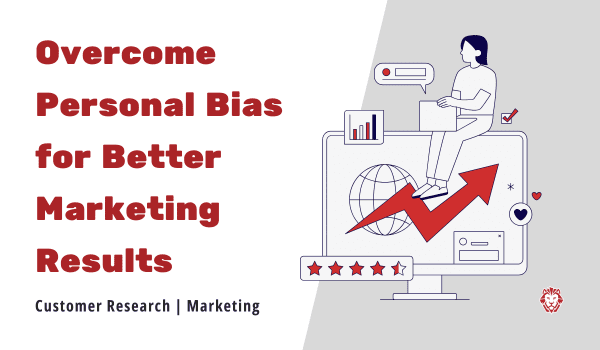
Burnout In Marketing Is Real
Your marketing team has never been as vulnerable as they are right now. Here’s why.
While most marketing leaders continue to “enjoy” continued work-from-home flexibility amidst the variant of the month, it’s easy to overlook the fact that burnout in our industry is more prevalent than ever before.
For starters, the lines of working hours have been blurred and laptops are often open at all hours of the day. The potential downside to some team members capitalizing on the ability to work flexible hours is that others, especially their direct reports, feel indirect (and oftentimes, direct) pressure to respond in a timely fashion.
Even if hours and work-life balance aren’t an issue, the team managing your brand’s social channels still has their work cut out for them. No matter how many times your social manager insists that they’re “fine,” the constant barrage of negativity from buttholes trolls and disgruntled customers will get to the best of your team after a while. Marketing leaders should consider rotating teammates off channels with the loudest, most obnoxious feedback (looking at you, Twitter and Facebook) from time to time to let them come up for air.
There’s a reason why the average marketer is on pace to shift jobs at least fix to six times a decade right now. If marketing leaders can find ways to reinvigorate their staff, which is what we try to do at Fidelitas with team gatherings and an unlimited time off policy among other things, you’ll find ways to retain them longer and avoid burnout from team members.
This also requires two-way communication. My advice for each of you: go to the direct report you trust most and take them to lunch. Ask them if they think their counterparts are truly comfortable raising concerns in your office. If the answer is no, you’ve likely got burnout problems festering under the surface that will rear their heads at the worst possible time. Make sure your “open door policy” isn’t a token one and make a conscious effort to seek feedback from everyone on your team; no matter how junior or senior they are.
You’ll be surprised what you learn, and your organization- and your brand- will be better for it.



